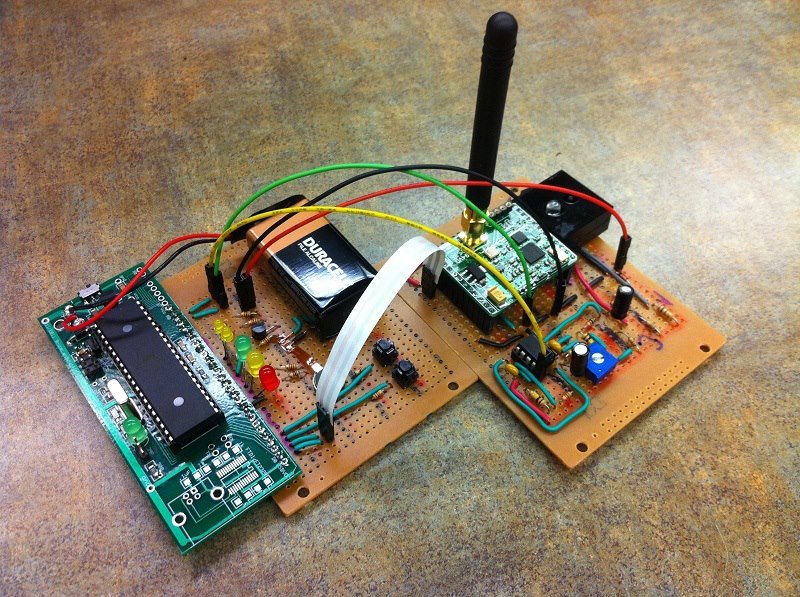What Is a GSM Antenna?
A Global System for Mobile (GSM) antenna is a type of antenna commonly used in mobile phones and cell towers. Global System for Mobile Communications is the most common type of cellular network worldwide. The antenna in a GSM phone allows the device to communicate with another GSM antenna on a cell tower, which then relays the signal to another tower or to another cell phone. GSM service can be used on a number of radio frequencies, depending on the region and technology used.
A Global System for Mobile (GSM) antenna is a type of antenna commonly used in mobile phones and cell towers. Global System for Mobile Communications is the most common type of cellular network worldwide. The antenna in a GSM phone allows the device to communicate with another GSM antenna on a cell tower, which then relays the signal to another tower or to another cell phone. GSM service can be used on a number of radio frequencies, depending on the region and technology used.
Many modern phones with GSM antennas support a variety of these frequencies so that they can be used while traveling.
Most modern mobile phones have an internal GSM antenna, usually contained in or near the bottom of the phone. Some older phones have an external pull-out antenna or a small bump of an antenna on the top of the phone. Both internal and external GSM antennas work in the same way.
Many smartphones have other antennas for additional technologies, such as wireless Internet connections. GSM also can be used to transfer data, for use in email or Web browsing on mobile phones. Many phones have a GSM antenna that is compatible with third-generation (3G) technology for much faster speeds.
Cell phone carriers use much larger antennas as part of their cell sites. These can be mounted high on a tower or structure. A cell phone often is within range of more than one cell site, and it selects one to use for a call or data transfer based on signal strength and congestion. Carriers sometimes will hide a large GSM antenna or disguise it to make it look more appealing.
A GSM antenna also can be found in a laptop, a netbook or a Universal Serial Bus (USB) device. In these cases, the antenna is meant only for data. It usually will use 3G technology to deliver quick wireless Internet service over a GSM network.
In areas with poor coverage, special devices are designed to increase or extend the cell phone signal, typically for more reliable indoor use. These devices, which can be called femtocells, microcells or GSM booster antennas, have larger antennas than those found on mobile phones but smaller than those of a traditional cell site. The device uses its larger antennas to reach distant cell towers, and it provides a strong signal to nearby phones that otherwise would receive a poor signal or no signal.






















.jpg)



